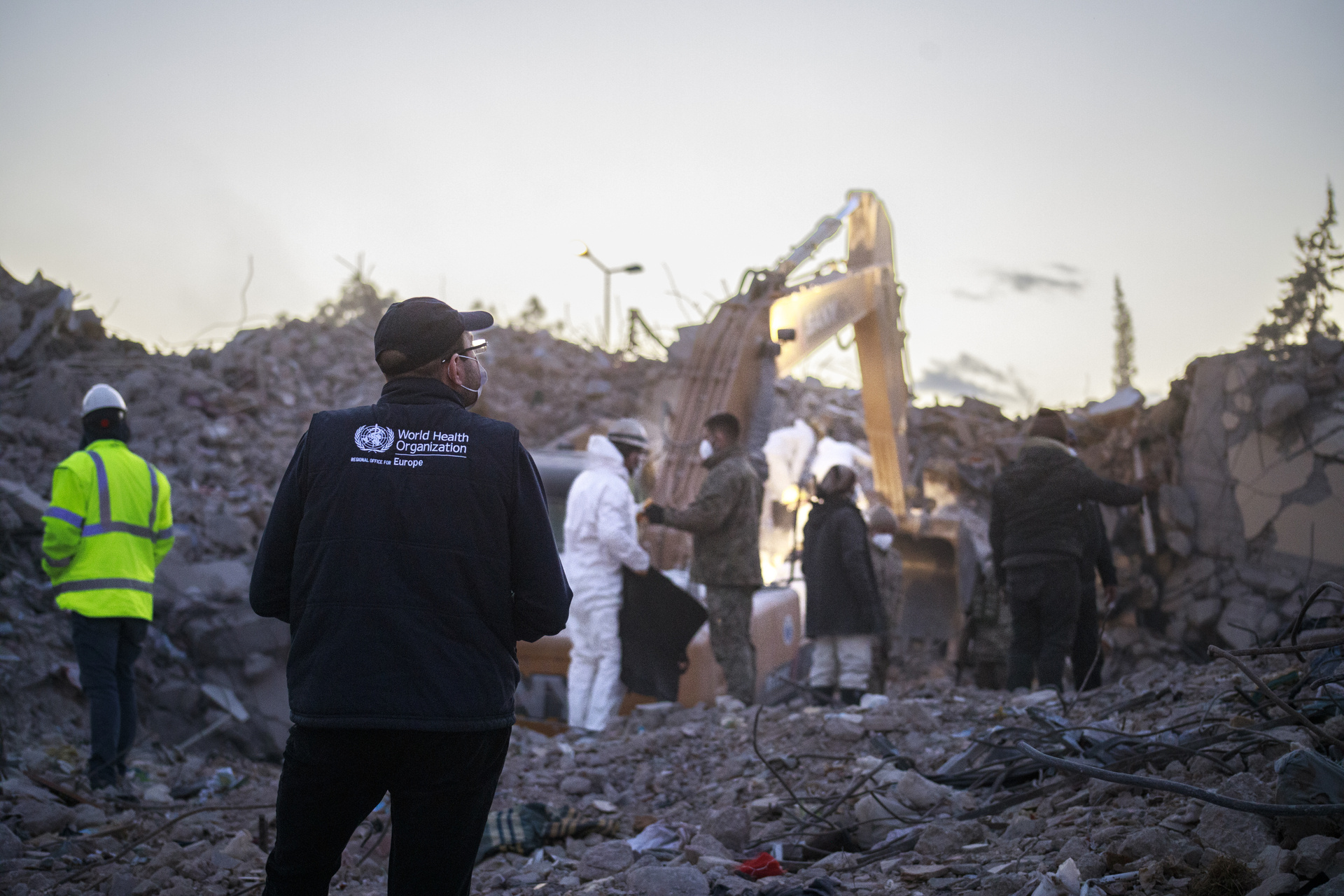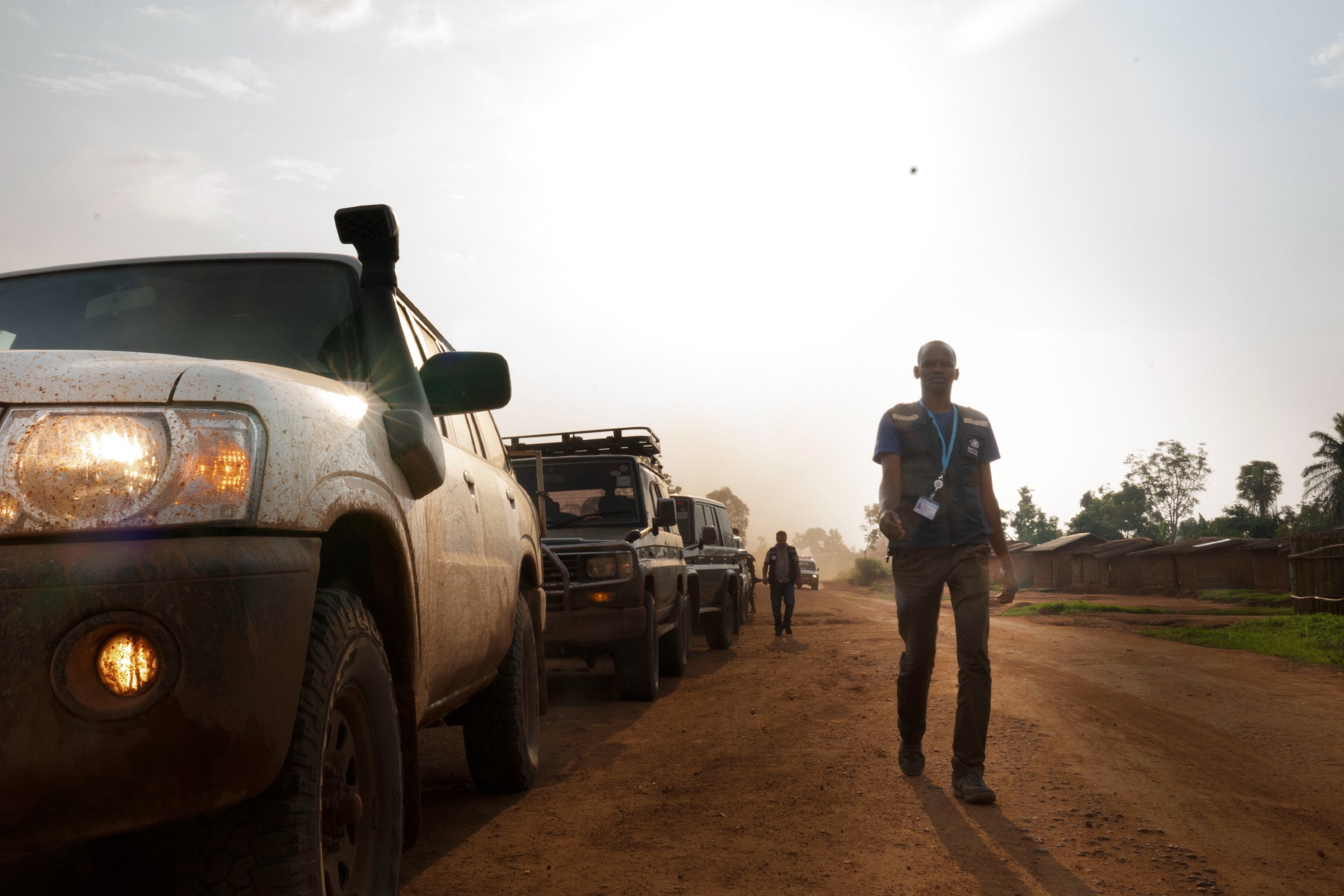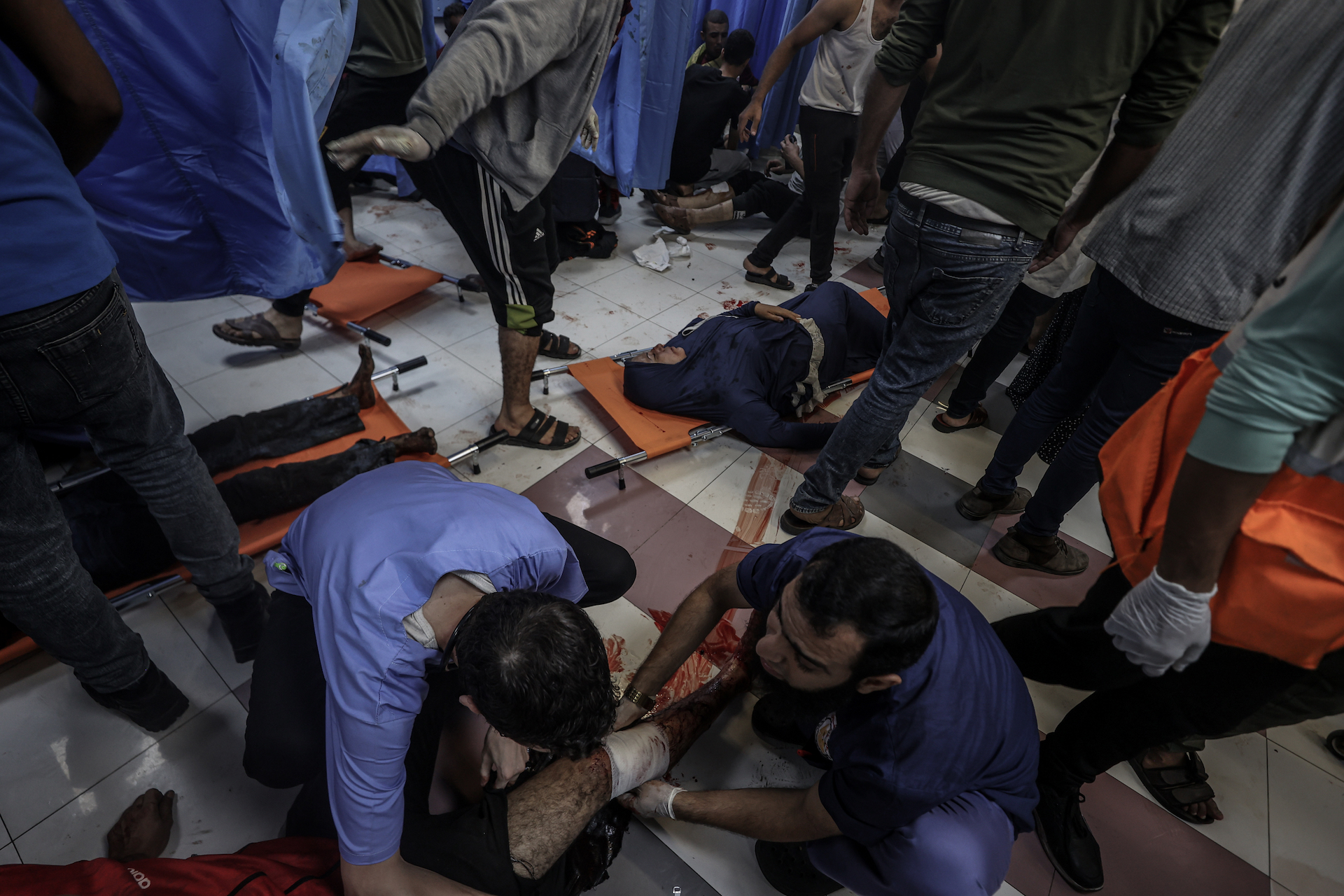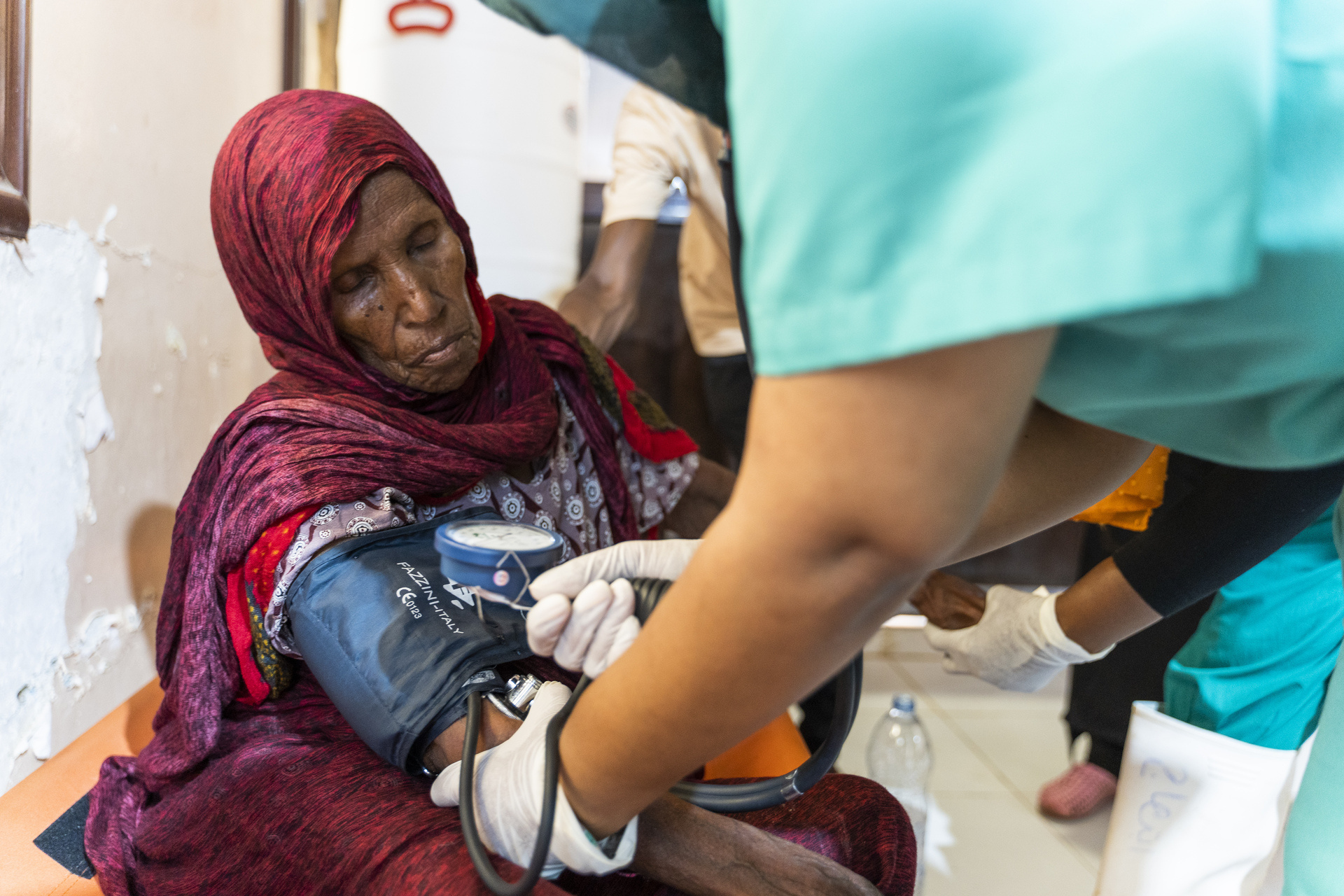WHO works closely with countries, partners, and local institutions to help communities prevent, prepare for, respond to, and recover from health emergencies of all kinds, from disease outbreaks to conflicts to disasters.
No country, institution, or organization can achieve this alone. WHO relies on partners through networks, such as the Global Health Cluster, Standby Partners, Emergency Medical Teams and the Global Outbreak Alert and Response Network.
The challenge is to bring these together so they are connected and interoperable, and achieve a shared vision of a strengthened health emergency workforce centered in countries and coordinated regionally and globally.
The Global Health Emergency Corps (GHEC) is a core component of the efforts led by WHO with partners and together with Member States to strengthen the global health emergency preparedness and response architecture. It is a framework for enhancing health emergency workforce capacity and a collaboration platform for countries and health emergency networks, adapted to the context in each country and region.
Together, we are committed to:
- saving lives and reducing suffering in times of crisis;
- building efficient partnerships for emergency management and ensuring these are properly coordinated;
- advocating for political support and consistent resources for health emergency preparedness, response, and recovery;
- developing evidence-based guidelines for all phases of emergency work in the health sector;
- strengthening capacity and resilience of health systems and countries to mitigate and manage health emergencies;
- ensuring international capacity is available to support countries for emergency response through training and establishment of surge capacity; and
- facilitating regional and global coordination in the prevention, preparedness and response to health emergencies, in particular when faced with transnational threats such as a potential pandemic.




